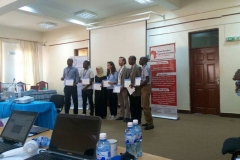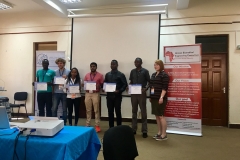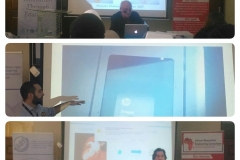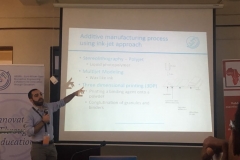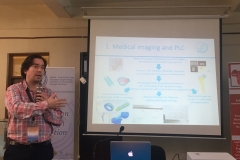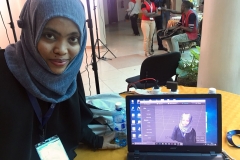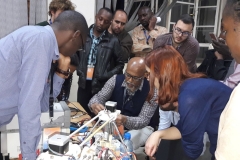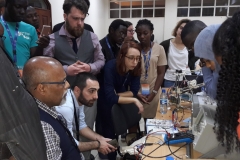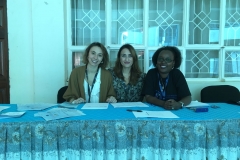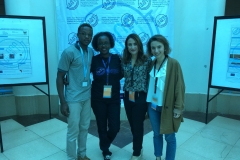The First design school, one of the cornerstone of UBORA, was held the second week of December 2017. Students, with the help of mentors, spent an intense week at Kenyatta University, in Nairobi (Kenya), learning how to design affordable and safe medical devices.
The school is one of the instruments that the UBORA project has planned promote the open-source approach in biomedical engineering through its e-infrastructure, whose current version is named “Kahawa” from the name of the area where Kenyatta University is placed.
The e-infrastructure was presented during the Opening Ceremony of the School, in presence of local authorities, including the Vice Chancellor of Kenyatta University, and representatives of the United Nations Economic Commission for Africa (UNECA).
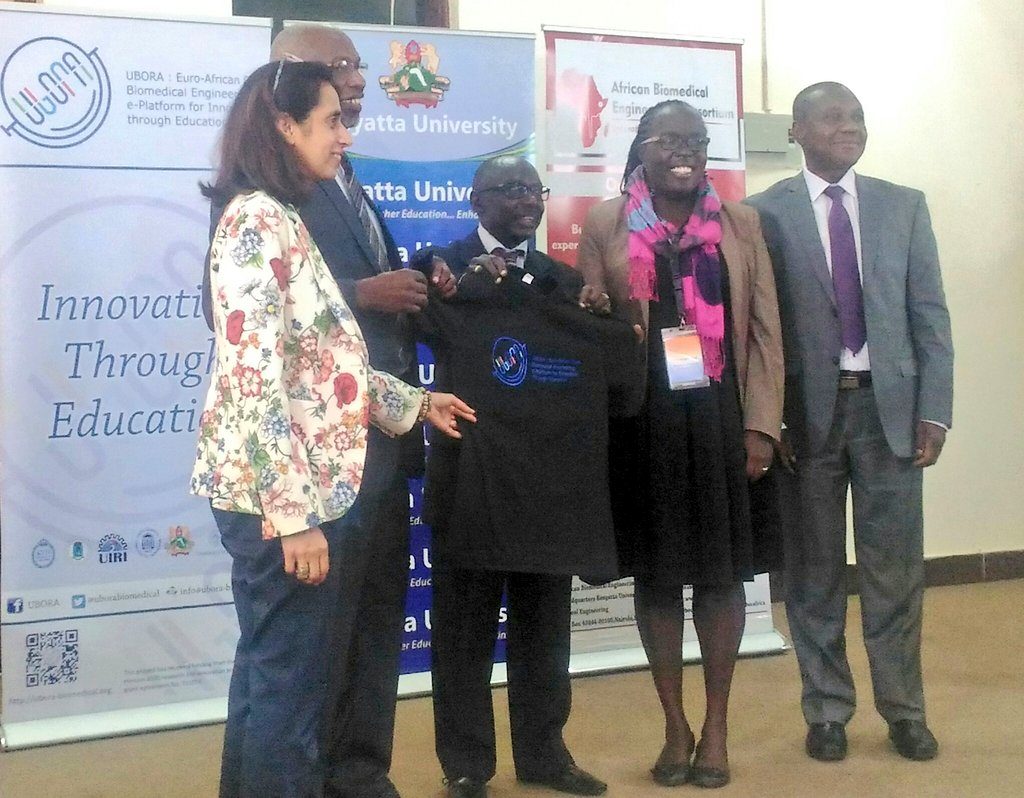
A moment of the Opening Ceremony with authorities of Kenyatta Universities and UNECA
The school offered to students classes on projects development, according to CDIO approach, empowered with lessons on medical device regulation and usability. Specific workshops on electronic and physical prototyping gave students additional tools for completing the projects assigned per groups at the beginning of the school.
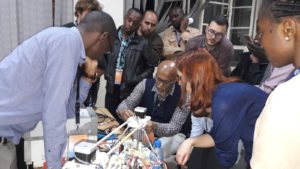
One of the workshops, held by Prof. Mannan Mridha of KTH
Speeches from international recognized experts gave them opportunity to understand the current and future trends in the field of biomedical engineering and its relevance in healthcare systems.
Students organized in groups worked on the following medical devices, identified between the projects proposed by students for the Design Competition and the needs assessment campaign carried out by UIRI in Uganda:
- Innovative continuous airway pressure for neonate
- A new sensorized pacifier to reduce SIDS
- Appropriate warmth for infants with hypothermia
- Universal splint for immobilization
- Face protecting splint for children with broken nose
- Phototherapy device to trait the infant jaundice
- Portable cooler for vaccines
- Resuscitation device for newborns
(click to download students’ final presentation).
With the help of their mentors and the use of the e-infrastructure, students identified the class of the medical device, the relevant standards, sketched some conceptual design and started to develop a prototype.
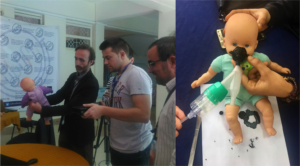
Prototyping of Innovative continuous airway pressure for neonate (group 1)
The students’ project were presented on Friday 15th afternoon: the general evaluation of the mentors was enthusiast, and all the groups presented a physical prototype of their medical device. The phototherapy device (group 6) was evaluated as the outstanding project of this school; the second place was awarded to group 3 and the third to group 8.
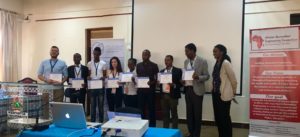
Group 6 awarded as the first prize during the closing ceremony of the First UBORA design School
The school was also a great moment for international collaboration and friendship, and for giving to participant the opportunity to visit the beauty of Kenya: a short trip in the Nairobi National Park, on Thursday 14th , helped students to fresh their mind before the final rush for the final presentation.
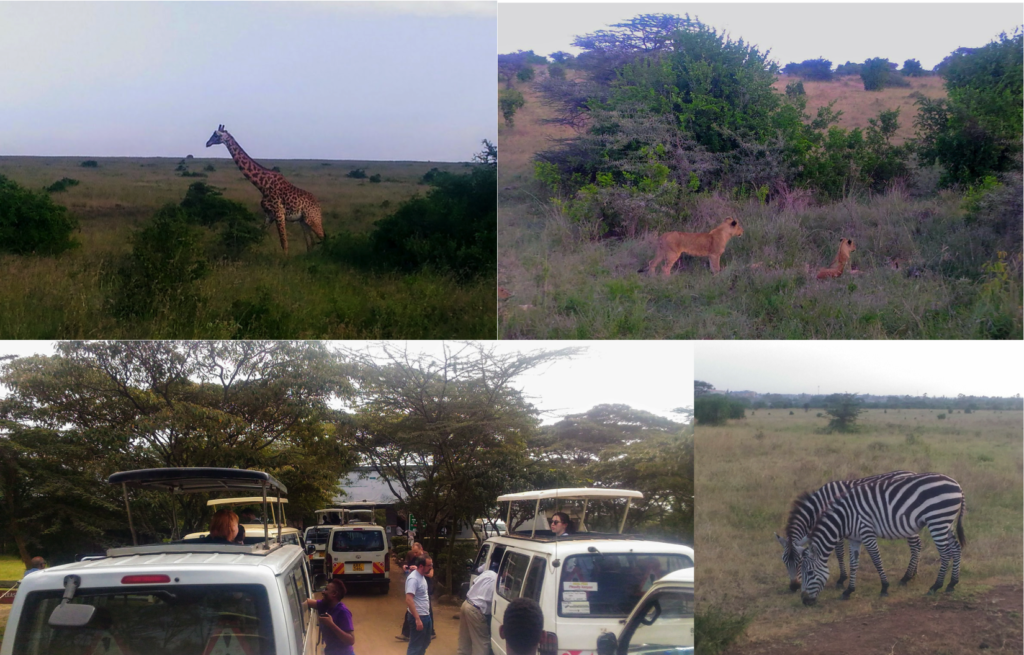
Pictures of the Tour in the Nairobi National Park, one of the social events organized during the School
The closing ceremony was the moment for announcing the opening of the Second Design Competition, giving appointment to the Second Design School in Pisa from 3rd to 7th September 2018.
Authorities from Spanish and Italian Embassies attended the Closing Gala Dinner at Safari Park Hotel in Nairobi, where professors, researchers and representatives of all Institutions signed the Kahawa declaration, a “Manifesto for the Democratization of Medical Technology“: this joint declaration of the UBORA and ABEC partners expresses their commitment on promotion the democratization of medical technology, as a key for achieving universal equitable healthcare.
Finally some pics of the school:

